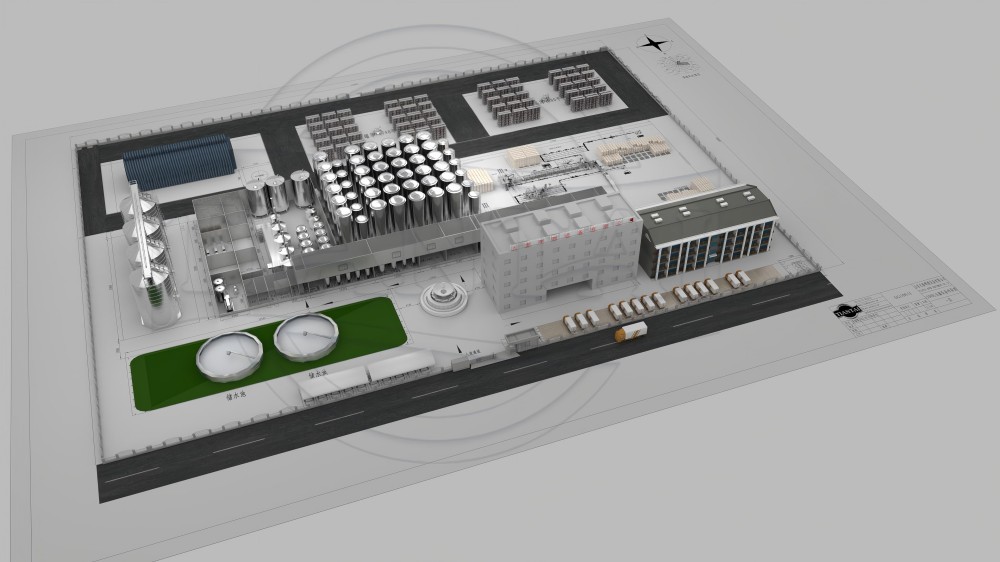What Is Fly Sparging?
Also known as continuous sparging, fly sparging is a method used by most commercial breweries and all-grain homebrewers. Commercial brewers fly sparge largely due to the claim that the method has higher efficiency than other sparge methods. While a few points difference in efficiency may not mean much to a homebrewer, commercial brewers are trying to make high quality beer at an affordable price, so higher efficiency means less malt is needed, and ultimately less money spent.
.jpg)
However, fly sparging takes considerable time and requires some special equipment. The process is conducted by slowly sprinkling sparge water evenly over the top of the grains while the mash is slowly lautered into the boil kettle. This process of continually adding the sparge water while also lautering is where the name “continuous sparging” derives.
The entire process can take anywhere from a half hour to two hours and requires the ability to pump sparge water into a device known as a “sparge arm,” which is rigged to evenly distribute sparge water over the top of the mash kind of like a shower head.
The depth of the grain bed is crucial in successful fly sparging, along with the rate of flow and even distribution of sparge water. Too shallow of a grain bed will cause wort to come out murky as there is not enough grain to settle and act as a filter. Too deep of a grain bed can cause the dreaded stuck sparge. Generally, 4-8 inches is ideal. Flow rate is also important. If the flow is too fast it can create a vacuum around the false bottom that will also cause a stuck sparge. The flow should be about a trickle and ideally the sparge water is being added at about the same rate as the wort being lautered out of the mash and into the boil kettle.


.jpg)





Get A Quote